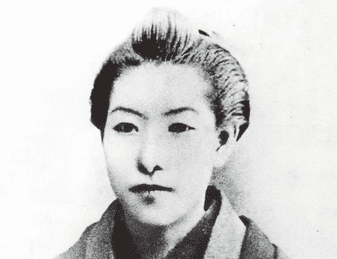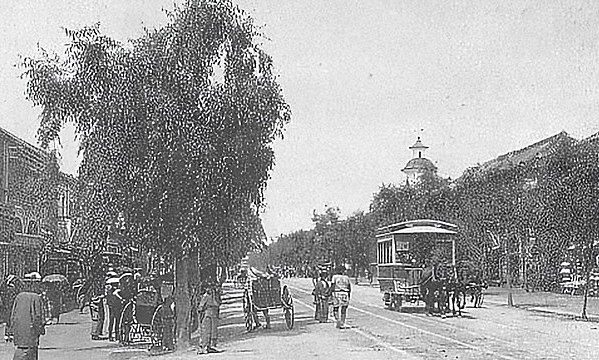Japan novelist and Ichiyō Higuchi (1872-1896): Tragic life
Lee Jay Walker
Modern Tokyo Times

The Japanese novelist Ichiyō Higuchi (1872-1896) had a life full of tragedy. Tuberculosis would kill her father and brother before she also succumbed to tuberculosis when only 24 years old.
One can only imagine how her writing would have matured and the possible brighter life that rewarded her creativity. However, when this enchanting novelist was blooming with creativity, the bane of tuberculosis would cut down this “radiant flower” before reaching even greater heights.
She specialized in short stories. Higuchi also adored poetry. Hence, her world when only young was a far cry from that of her parents, who were born into the peasantry class.
From 14 years of age, Higuchi began to study poetry. According to her diary, she felt the pain of the class system that prevailed in this period of Japanese history. She also expressed the endless problems of poverty and feeling crushed by the circumstances she faced during her short life.
The death of her brother and father between 1887-1889 also created new despair. However, with the financial situation being difficult concerning the failed business venture of her father, she couldn’t afford to dwell. Therefore, after moving to the environs of Hongo, she did laundry and sowing work to survive the harsh economic reality that prevailed.

Her initial literature was said to be over-influenced by Heian poetry. Knowing that she felt the class system deeply, Higuchi would expose the Meiji middle class for its cruelty when fused with ambition. It is presumed that the usage of Heian poetry was a safety net to highlight her intellect.
Higuchi finally hit all the right notes when she wrote the story Umoregi (In obscurity). The prestigious Miyako no hanna journal published her work in late 1892. Therefore, people suddenly took notice of her newly started career.
Financial problems continued. So her mother, sister, and Higuchi moved near the infamous red-light district of Yoshiwara. Ironically, this move – though negative at the time – would increase Higuchi’s awareness of the plight of women while also creating new ideas for her novels.
Famous works include Jusan’ya, Nigorie, Ōtsugomori, Takekurabe, Wakaremichi, and Yamiyo.

PLEASE DONATE TO HELP MODERN TOKYO TIMES
Modern Tokyo News is part of the Modern Tokyo Times group
DONATIONS to SUPPORT MODERN TOKYO TIMES – please pay PayPal and DONATE to sawakoart@gmail.com
http://moderntokyotimes.com Modern Tokyo Times – International News and Japan News
https://www.pinterest.co.uk/moderntokyotimes/ Modern Tokyo Times is now on PINTEREST
http://sawakoart.com – Sawako Utsumi personal website and Modern Tokyo Times artist
https://moderntokyonews.com Modern Tokyo News – Tokyo News and International News
PLEASE JOIN ON TWITTER
https://twitter.com/MTT_News Modern Tokyo Times
PLEASE JOIN ON FACEBOOK
https://www.facebook.com/moderntokyotimes